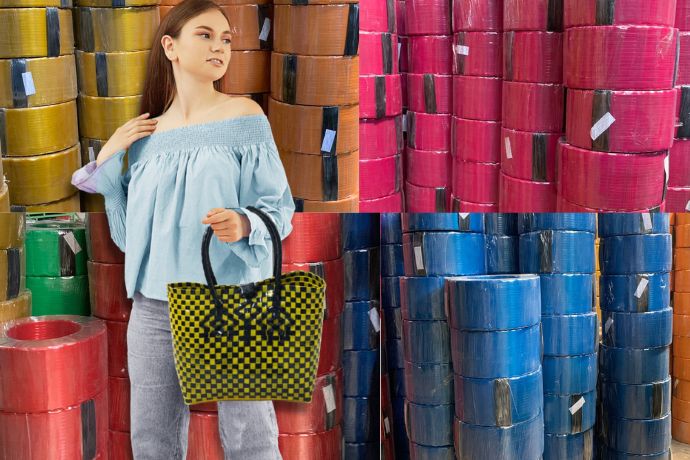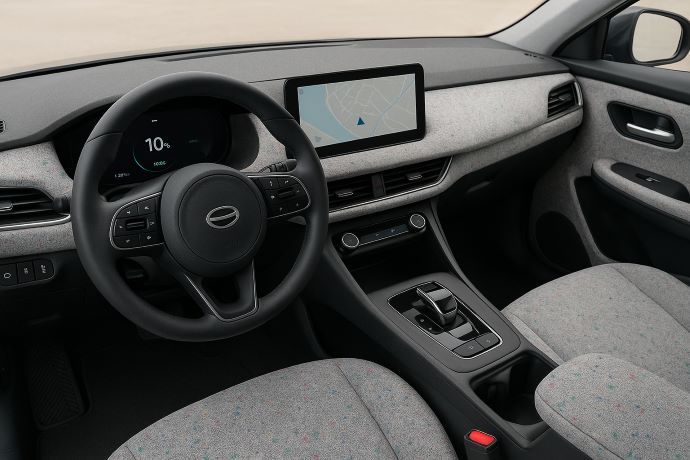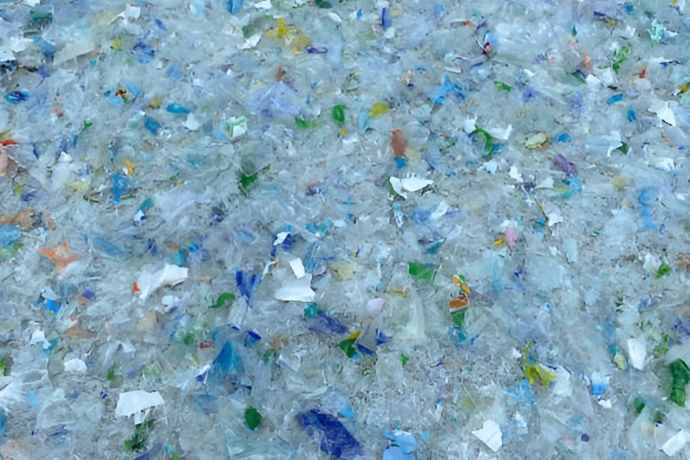Recycled High-Density Polyethylene (rHDPE) : Comprehensive Guide
Key Takeaways:
- rHDPE (Recycled High-Density Polyethylene) is a durable, flexible, and chemical-resistant material made from post-consumer or post-industrial HDPE waste, supporting sustainability without compromising quality.
- It is used in diverse applications—from packaging and construction to consumer goods and industrial logistics—enabling businesses to reduce their carbon footprint through responsible material sourcing.
- Food safety for rHDPE depends on the origin of the recycled material and compliance with regulatory standards such as those set by the FDA or EFSA, especially for food-contact applications.
Recycled High-Density Polyethylene (rHDPE) is at the forefront of sustainable materials, offering a practical solution for reducing plastic waste and promoting eco-friendly practices.
If you’re here, you’re probably curious about rHDPE or are considering purchasing it for your company. Rest assured, this guide is here to provide clear and detailed insights.
What Is rHDPE?
rHDPE, or recycled HDPE, is the eco-friendly counterpart. It’s made by collecting, sorting, cleaning, and processing post-consumer or post-industrial HDPE waste into reusable resin.
This material offers excellent durability, chemical resistance, and flexibility, making it an ideal substitute for virgin HDPE.
Why choose rHDPE? It reduces dependency on raw materials, minimizes environmental impact, and aligns with sustainability goals—a win-win for businesses and the planet.
Also Read : Recycled HDPE vs. Virgin HDPE - A Comprehensive Comparison
What Products Can Be Made from Recycled HDPE?
The applications of rHDPE span across numerous industries. Here are some of the most common products made from recycled HDPE:
1. Packaging Materials
- Bottles for detergents, shampoos, and cleaning agents.
- Milk jugs and other food-grade containers (more on food safety later).
Read More : How Recycled HDPE Is Changing the Packaging Industry
2. Construction Products
- Drainage pipes, tiles, and plastic lumber.
- Geotextiles used in infrastructure projects.
3. Consumer Goods
- Reusable grocery bags.
- Playground equipment and furniture.
4. Industrial Applications
- Pallets, crates, and other logistics materials.
By choosing rHDPE, companies can create high-quality, durable products while reducing their carbon footprint.
Also Read : Innovative Products Made from Recycled HDPE Worldwide
Where Does rHDPE Come From?
Recycled HDPE originates from two main sources:
1. Post-Consumer Waste
- Household items like milk jugs, shampoo bottles, and detergent containers are collected and recycled. This is the most common source.
2. Post-Industrial Waste
- Scraps and offcuts from manufacturing processes are repurposed into new resin.
These sources undergo rigorous sorting, washing, and processing to ensure high-quality output.
Is Recycled HDPE Food Safe?
This is one of the most frequently asked questions about rHDPE. The answer is: it depends.
Food safety for rHDPE hinges on two factors:
- Source Material: Only post-consumer materials that originally contained food products are eligible for food-grade recycling.
- Certification Standards: In many regions, recycled HDPE must meet strict FDA or EFSA standards to be deemed food safe.
When sourcing food-safe rHDPE, ensure the supplier has the necessary certifications. At Langgeng Jaya Group, we prioritize quality and compliance to provide reliable recycled resins for various applications.
Why Source rHDPE from Langgeng Jaya Group?
At Langgeng Jaya Group, we’re committed to providing high-quality recycled HDPE resin tailored to your needs. Our eco-friendly production processes ensure that our products meet rigorous quality standards while supporting global sustainability goals.
We also manufacture a range of recycled products, including Bulk Bags / FIBC, Recycled PET Flakes, and Recycled PP Resins, making us a comprehensive solution for your sustainable material requirements.
Ready to Make the Switch to rHDPE?
Whether you’re in packaging, construction, or consumer goods, rHDPE offers several benefits for your business and the environment.
Learn more about our recycled HDPE resin offerings here. We’re here to help you make an informed choice and achieve your sustainability goals.
Feel free to reach out to Langgeng Jaya Group for inquiries or to explore customized solutions for your business. Let’s build a greener future together!



